A 4-Year Follow-up
kevin_5
15 years ago
Related Stories
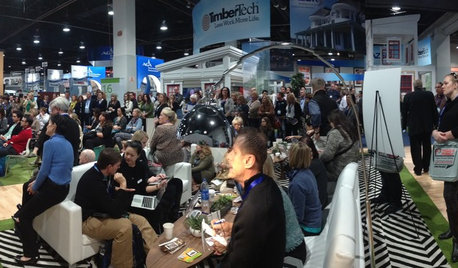
INSIDE HOUZZFollow Houzz at the 2014 International Builders’ Show
Missed the excitement in Las Vegas this year? Catch up on all the Houzz happenings right here
Full Story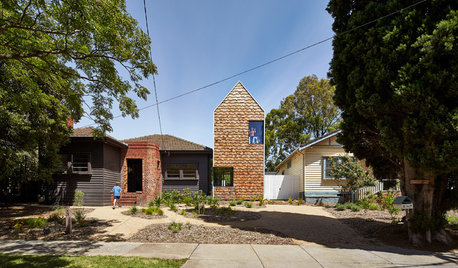
MOST POPULARHouzz Tour: A Playful Home Drawn Up by 8-Year-Old Twins
Plans for this innovative tower home in Melbourne were going nowhere — until the homeowners’ twins came to the rescue
Full Story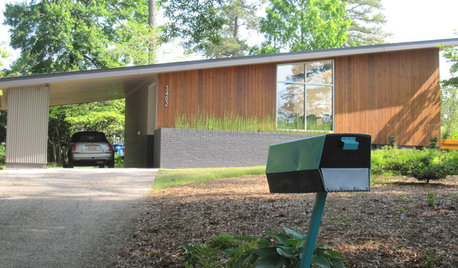
MIDCENTURY STYLEFollow One Man’s Midcentury-Mailbox Dream
An ill-fitting mailbox leads a determined dad on a quest — and possibly to a new business
Full Story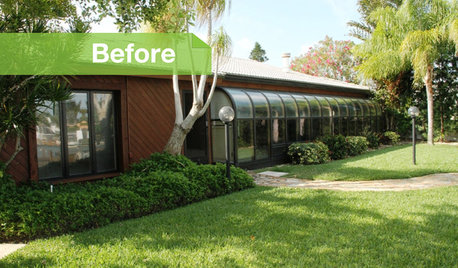
REMODELING GUIDESFollow a Ranch House Renovation From Start to Finish
Renovation Diary, Part 1: Join us on a home project in Florida for lessons for your own remodel — starting with finding the right house
Full Story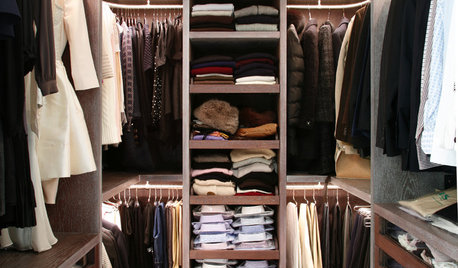
MOST POPULARCustom Closets: 7 Design Rules to Follow
Have room for a walk-in closet? Lucky you. Here’s how you and your designer can make it the storage area of your dreams
Full Story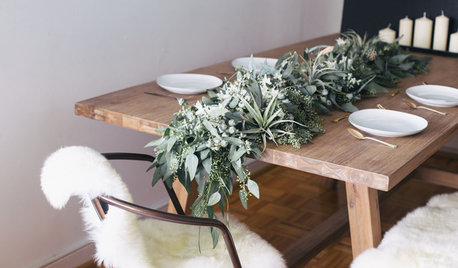
DIY PROJECTSDIY: Freshen Up for the New Year With a Eucalyptus Table Garland
Eucalyptus leaves, white blossoms and air plants combine in a gorgeous, long-lasting arrangement for your table or buffet
Full Story
HOLIDAYS5 Anytime Parties to Rev Up Your House All Year
Run with any of these themes for a fun party night at home, even with no official holidays in sight
Full Story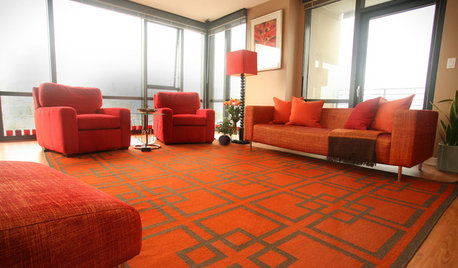
DECORATING GUIDESTangerine Tango: 4 Ways to Use Pantone's Color of the Year
Don't let this bold hue scare you — try warming up any room with this cheerful red-orange color of 2012
Full Story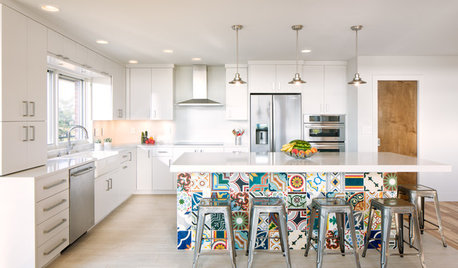
KITCHEN DESIGNNew This Week: 4 Ways to Punch Up a White Kitchen
Avoid the hospital look by introducing a bit of color, personality and contrast
Full Story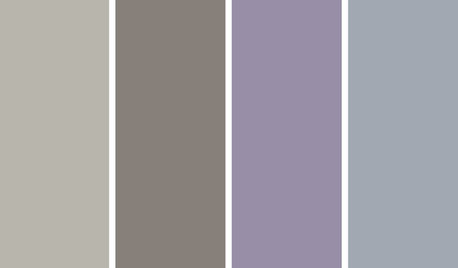
COLOR4 New Neutrals for the New Year
So you're not resolved to go crazy with color in 2013. These refreshing on-trend neutrals can still broaden your rooms' color horizons
Full Story

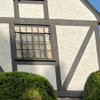

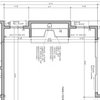
coffeehaus
rollie
Related Professionals
Seattle Architects & Building Designers · Troutdale Architects & Building Designers · Lincolnia Home Builders · Accokeek Home Builders · Arlington Home Builders · Clarksburg Home Builders · Colorado Springs Home Builders · Fargo Home Builders · Los Banos Home Builders · Dunedin General Contractors · Ewing General Contractors · Fredonia General Contractors · La Grange Park General Contractors · Leon Valley General Contractors · Post Falls General Contractorskevin_5Original Author
cheriepres
coffeehaus
kevin_5Original Author